10 Types of Black Birds in South Carolina (with Pictures)
-
Pete Ortiz
- Last updated:

Blackbirds may be small, but their large flocks and often domineering personalities make them some of the more conspicuous and impressive natural wonders. As many are happy to join mixed groups, a varied assortment of species means birdwatchers may be able to spot massive movements of birds numbering in the millions!
South Carolina is one state with a rich assortment of blackbirds, offering some mesmerizing views if you catch them at the right time of the year. We’ll explore some of the more common blackbirds in the state, so you’ll know what to expect!
The 10 Types of Black Birds in South Carolina
1. Red-Winged Blackbird
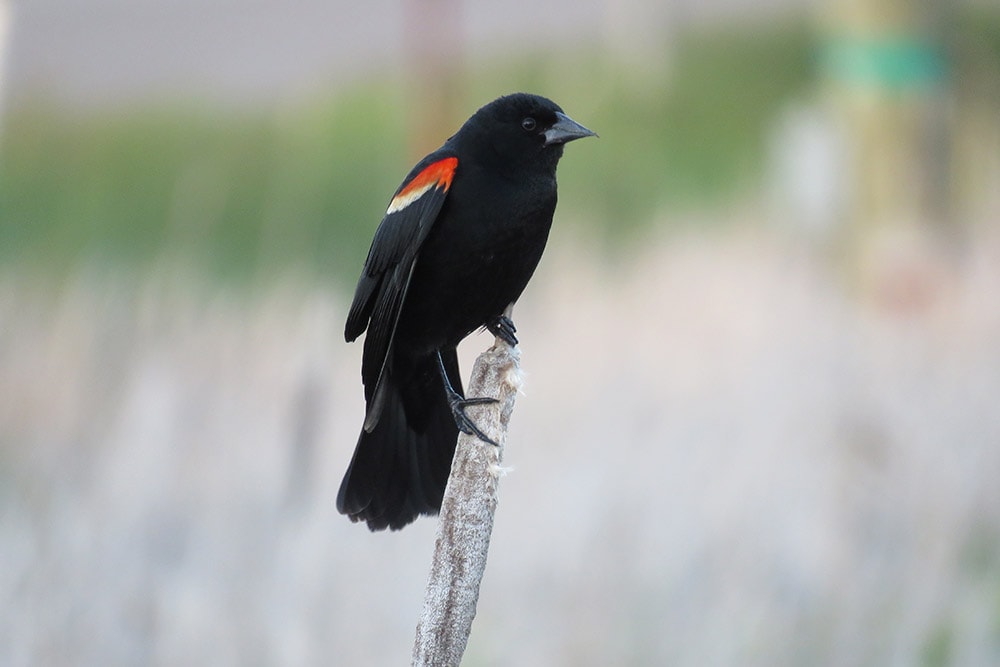
| Scientific Name: | Agelaius phoeniceus |
| Seasonality in SC: | Year-round |
Red-winged Blackbirds are year-round residents in South Carolina and one of its most prominent blackbird species. Males are jet black with distinct bright yellow and red patches on their wings. Females are brown and sport white feather edges, giving them a streaky appearance.
You will typically see Red-winged Blackbirds building nests near the ground around marshlands. The male mating call is a familiar sound in wetlands in early spring. They defend their territory during the breeding season, going so far as to attack intruding humans.
In the winter, Red-winged Blackbirds change their diets from insects to seeds and often live in mixed-species roosts with other black birds like grackles and starlings. You can try bringing them to your yard with mixed grains and seeds on the ground.
2. Brown-Headed Cowbird
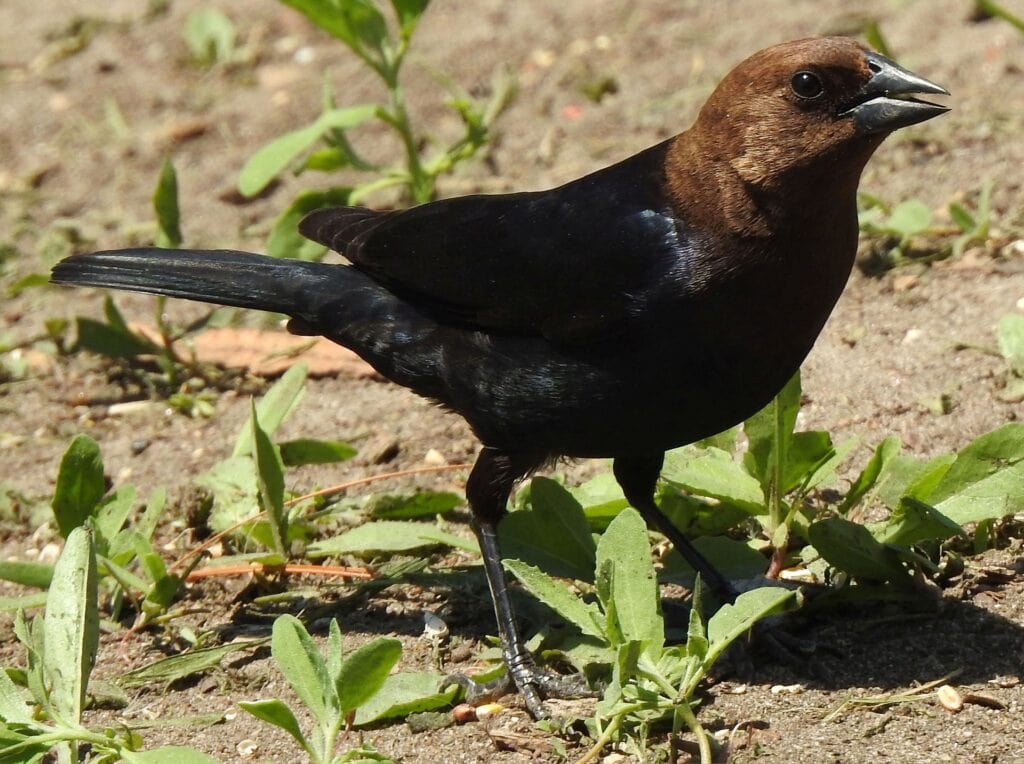
| Scientific Name: | Molothrus after |
| Seasonality in SC: | Year-round |
The plump and aptly named Brown-headed Cowbird lives in open fields and pastures around grazing animals, using them to loosen grass and weedy seeds. Males have brown heads with all-black bodies, while females are brown all over.
Females do not build nests, instead putting all their effort into laying scores of eggs in other birds’ nests. The host bird’s chicks often suffer, so Brown-headed Cowbirds are generally deemed a nuisance.
Unfortunately, the Cowbird’s range has grown over the years as development has cleared open stretches of land ideal for their behaviors. Because they mix with other species, they may be unavoidable at the feeder if you enjoy seeing backyard birds.
3. Common Grackle

| Scientific Name: | Quiscalus quiscula |
| Seasonality in SC: | Year-round |
The Common Grackle is one of the most striking blackbirds in South Carolina. The male features a shimmery blue head and dark bronze-colored body, while the females look similar though slightly less shiny.
Common Grackles nest in small groups of up to 30 pairs of parents. They prefer densely forested areas for nesting but can adapt to diverse environments, including parks, pastures, and backyards. Their omnivorous diet is flexible, and they’ll happily dine on assorted insects, grain, seeds, berries, and even trash.
While not as intrusive as the parasitic Brown-headed Cowbird, the Common Grackle can get aggressive with other birds. It’s a common visitor to feeders and isn’t picky about how you offer up mixed seeds and grains.
4. Boat-Tailed Grackle

| Scientific Name: | Quiscalus major |
| Seasonality in SC: | Year-round (coast) |
The Boat-tailed Grackle has a limited range in South Carolina and America in general, living only along the coast from Texas across to Florida and up to New York. Though not as iridescent as the blue-headed Common Grackle, the all-black male Boat-tailed Grackle has a glossy appearance. The female features various shades of brown and is much smaller than the male.
Although they prefer marshlands on the east coast, Boat-tailed Grackles have a broad omnivorous diet. They’ll enjoy seeds, insects, and crustaceans, and they’re not shy about stealing food scraps from humans in urban areas.
5. European Starling
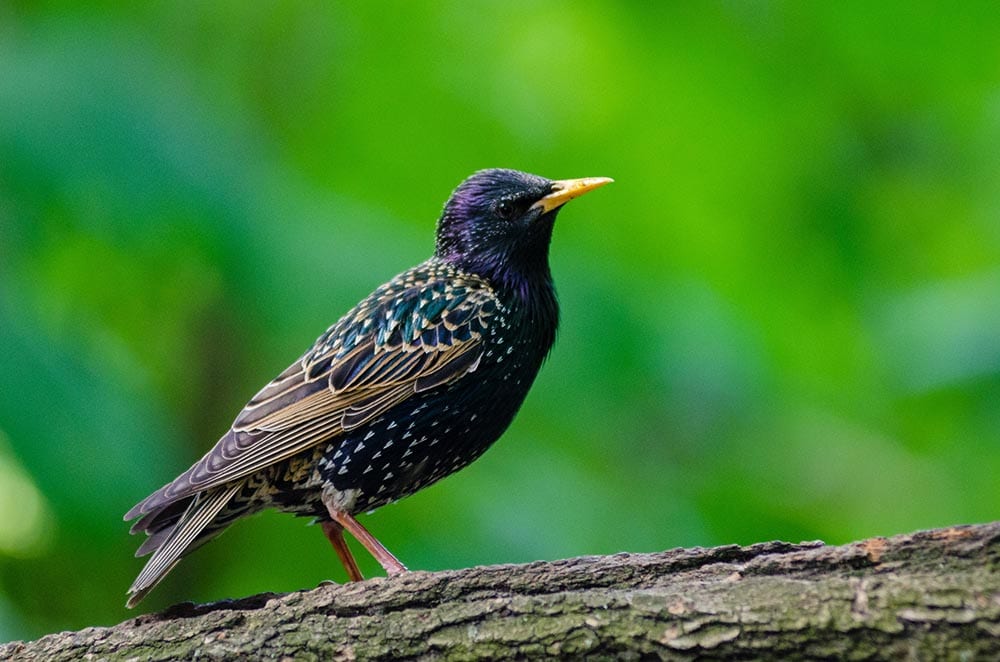
| Scientific Name: | Sturnus vulgaris |
| Seasonality in SC: | Year-round |
Despite not being native to the western hemisphere, the European Starling is one of the most widespread songbirds in North America. Released into the continent in the 1800s, it now lives year-round in a range stretching from Alaska to Mexico. The European Starling is another magnificent creature, sporting iridescent shades of blue, purple, green, and black tones. In the winter, the glossiness fades, but the wings develop white spots for an attractive highlight.
Starlings are talented mimics that band together to form loud flocks. They’re welcome visitors to the yard in small groups, but starlings can become noisy and aggressive with other birds in large numbers.
6. Eastern Meadowlark
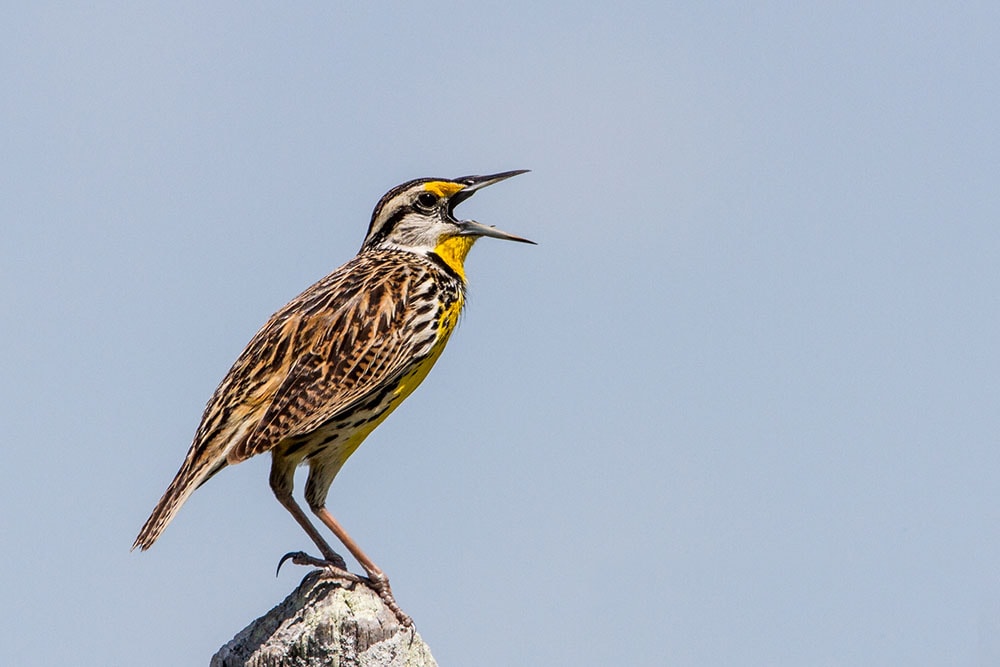
| Scientific Name: | Sturnella magna |
| Seasonality in SC: | Year-round |
Eastern Meadowlarks aren’t the blackest of blackbirds, but they are one of the most abundant in South Carolina. Adults have black-speckled brown backs to camouflage them on the ground, but their undersides feature a brilliant yellow hue with a black band spread under the neck.
Males put on displays for females during the spring, presenting their brilliant plumage and singing late-day calls from fence posts, trees, and power lines to attract a mate. They’ll forage for insects in fields and pastures all year, though they’ll often look for seeds in small flocks during the fall and winter.
7. Baltimore Oriole
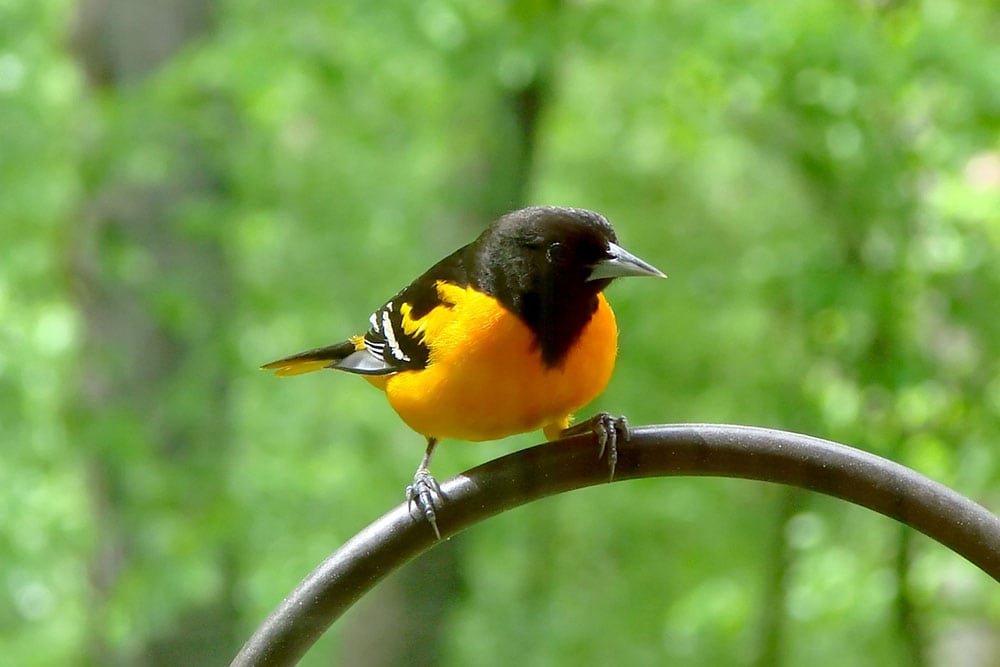
| Scientific Name: | Icterus galbula |
| Seasonality in SC: | Spring, fall |
The migratory Baltimore Oriole appears in South Carolina in the fall and spring. Its call is a familiar harbinger of spring, especially as it arrives in abundance in February. Its vibrant orange underside is a familiar sight as it perches high in the trees. Baltimore Orioles spend much of their time in the treetops building beautiful hanging nests and searching for food. They’ll enjoy nectar from flowers but primarily stick to hunting insects in the leaves and branches of trees and bushes.
Orioles can be found almost anywhere with trees, particularly elms, whether it’s a forest or a residential neighborhood. Attract them to your backyard with nectar-bearing flowers and ripe fruit, such as raspberries, oranges, and bananas.
8. Orchard Oriole
| Scientific Name: | Icterus spurius |
| Seasonality in SC: | Summer |
Orchard Orioles head to South Carolina during the summer breeding season before flying toward Mexico and Central America. Helping to fill the gaps during the Baltimore Oriole’s absence, the smaller Orchard Oriole is relatively similar in appearance and habits. Females sport a similar greenish-yellow color as their northern counterparts. Males also look like the Baltimore Oriole, though the warm coloration on the underside is darker and subdued.
The Orchard Oriole lives in hanging nests and forages for insects among the foliage. They’re harder to spot than Baltimore Orioles, being more inconspicuous amid the trees and rarely visiting bird feeders. You can attract them with nectar-filled flowers, hummingbird feeders, or sliced oranges.
9. Brewer’s Blackbird
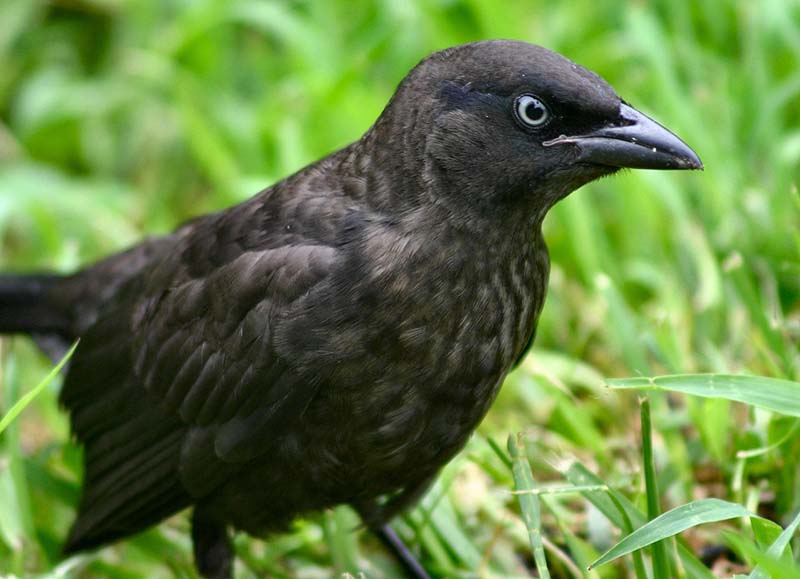
| Scientific Name: | Euphagus cyanocephalus |
| Seasonality in SC: | Winter |
South Carolina lies on the cusp of the Brewer’s Blackbird’s territory. The western side of the state may see these birds during the winter as they migrate from Canada. Otherwise, the territory stretches to the west coast, where many of the birds live year-round.
The glossy black males and all-brown females will live in various habitats ranging from marshes and woodlands to pastures and backyards. While rarely sighted in the state, you may be able to bring them to your yard in the winter with seeds in ground feeders.
10. Rusty Blackbird
| Scientific Name: | Euphagus carolinus |
| Seasonality in SC: | Winter |
Rusty Blackbirds live in the more northern sections of the continent during the summer, with a breeding territory ranging from Alaska to Nova Scotia. These attractive blackbirds have lustrous black plumage with speckled rust-colored backs and undersides.
Arriving in South Carolina in winter, Rusty Blackbirds appear in wetland areas like ponds, marshes, and swamps. Unfortunately, their numbers have declined rapidly in recent decades due to various factors, such as climate change, habitat loss, and polluted rainfall. Scientists estimate the population has decreased by 85–99%.
Conclusion
Blackbirds make up some of nature’s most ominous and extraordinary displays in South Carolina. While many species can be problematic in the backyard, the striking appearance of blackbirds makes them an appealing sight, nevertheless. By knowing where to look and how to attract them, you can try your hand at catching a glimpse of these elusive creatures.
Featured Image Credit: PxHere
Contents


